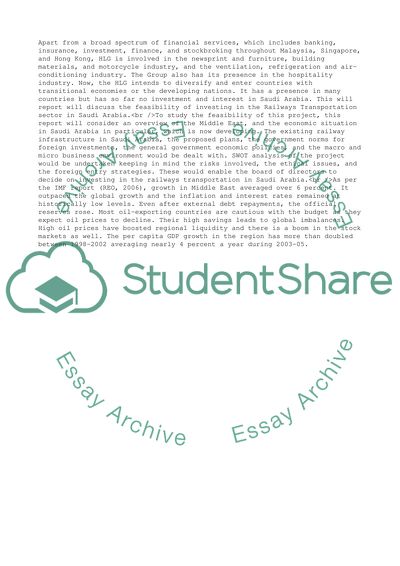Cite this document
(Internationalisation Opportunities for the Hong Leong Group Case Study, n.d.)
Internationalisation Opportunities for the Hong Leong Group Case Study. https://studentshare.org/business/1704482-internationalisation-opportunities-for-the-hong-leong-groupthe-case-of-railways-transportation-sector-in-saudi-arabia
Internationalisation Opportunities for the Hong Leong Group Case Study. https://studentshare.org/business/1704482-internationalisation-opportunities-for-the-hong-leong-groupthe-case-of-railways-transportation-sector-in-saudi-arabia
(Internationalisation Opportunities for the Hong Leong Group Case Study)
Internationalisation Opportunities for the Hong Leong Group Case Study. https://studentshare.org/business/1704482-internationalisation-opportunities-for-the-hong-leong-groupthe-case-of-railways-transportation-sector-in-saudi-arabia.
Internationalisation Opportunities for the Hong Leong Group Case Study. https://studentshare.org/business/1704482-internationalisation-opportunities-for-the-hong-leong-groupthe-case-of-railways-transportation-sector-in-saudi-arabia.
“Internationalisation Opportunities for the Hong Leong Group Case Study”. https://studentshare.org/business/1704482-internationalisation-opportunities-for-the-hong-leong-groupthe-case-of-railways-transportation-sector-in-saudi-arabia.


